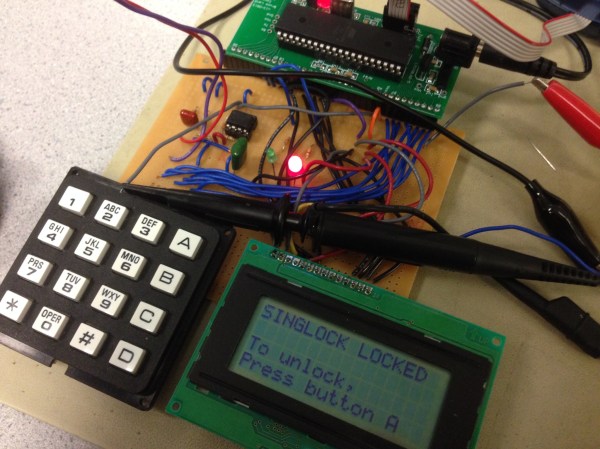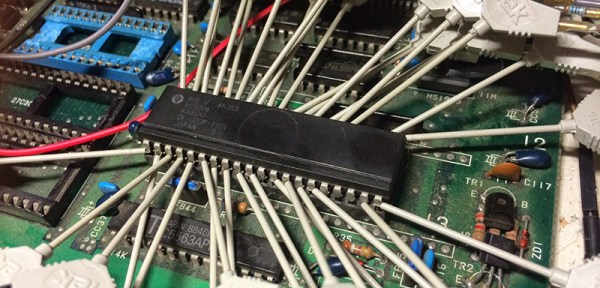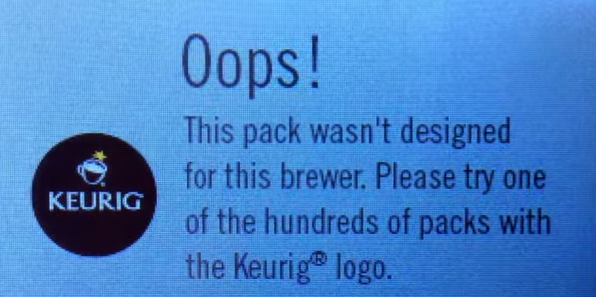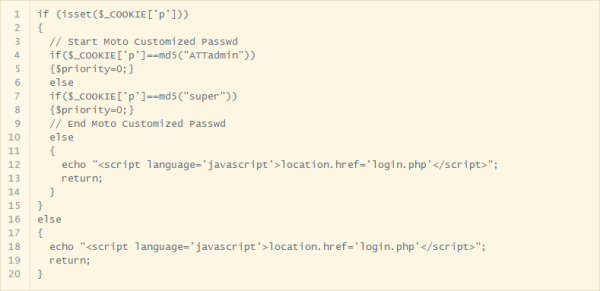There are a few old Capcom arcade titles – Pang, Cadillacs and Dinosaurs, and Block Block – that are unlike anything else ever seen in the world of coin-ops. They’re old, yes, but what makes these titles exceptional is the CPU they run on. The brains in the hardware of these games is a Kabuki, a Z80 CPU that had a few extra security features. why would Capcom produce such a thing? To combat bootleggers that would copy and reproduce arcade games without royalties going to the original publisher. It’s an interesting part of arcade history, but also a problem for curators: this security has killed a number of arcade machines, leading [Eduardo] to reverse engineering and document the Kabuki in full detail.
While the normal Z80 CPU had a pin specifically dedicated to refreshing DRAM, the Kabuki repurposed this pin for the security functions on the chip. With this pin low, the Kabuki was a standard Z80. When the pin was pulled high, it served as a power supply input for the security features. The security – just a few bits saved in memory – was battery backed, and once this battery was disconnected, the chip would fail, killing the game.
Plugging Kabuki into an old Amstrad CPC 6128 without the security pin pulled high allowed [Eduardo] to test all the Z80 instructions, and with that no surprises were found; the Kabuki is fully compatible with every other Z80 on the planet. Determining how Kabuki works with that special security pin pulled high is a more difficult task, but the Mame team has it nailed down.
The security system inside Kabuki works through a series of bitswaps, circular shifts, XORs, each translation different if the byte is an opcode or data. The process of encoding and decoding the security in Kabuki is well understood, but [Eduardo] had a few unanswered questions. What happens after Kabuki lost power and the memory contents – especially the bitswap, address, and XOR keys – vanished? How was the Kabuki programmed in the factory? Is it possible to reprogram these security keys, allowing one Kabuki to play games it wasn’t manufactured for?
[Eduardo] figured being able to encrypt new, valid code was the first step to running code encrypted with different keys. To test this theory, he wrote a simple ‘Hello World’ for the Capcom hardware that worked perfectly under Mame. While the demo worked perfectly under Mame, it didn’t work when burned onto a EPROM and put into real Capcom hardware.
That’s where this story ends, at least for the time being. The new, encrypted code is valid, Mame runs the encrypted code, but until [Eduardo] or someone else can figure out any additional configuration settings inside the Kabuki, this project is dead in the track. [Eduardo] will be back some time next week tearing the Kabuki apart again, trying to unravel the mysteries of what makes this processor work.

















